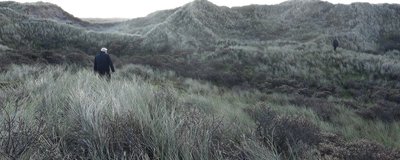blog
How to run an AccessLab
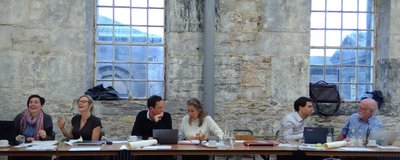
As the crows fly...
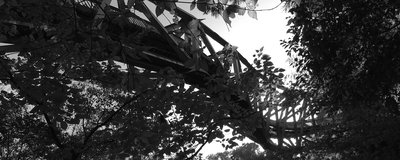
FoAM digest - Autumn 02018
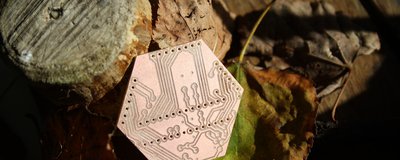
Open call: Dust & Shadow Reader #2. On Attunement
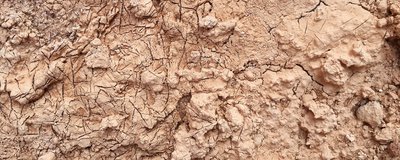
Open call: /nightly build - the passage/ zine #12
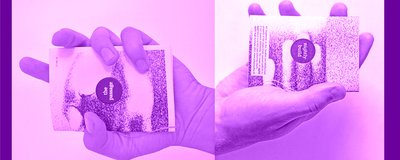
Open Studio at FoAM Kernow
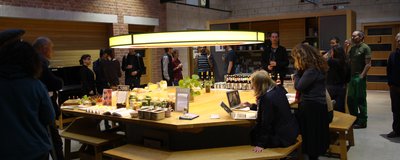
Making circuit boards with a CNC machine
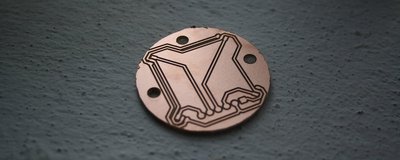
Visible and invisible autism
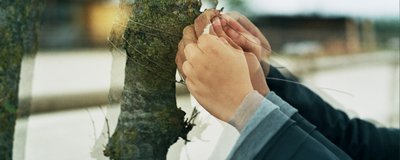
Penelopean robotics part 3 - radio transmissions
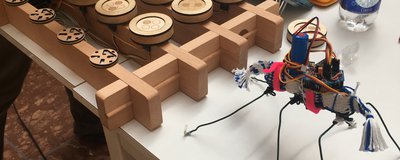
Penelopean robotics part 2 - building a robot by weaving
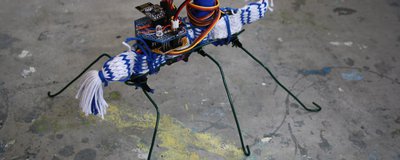
Environmental machine learning as artistic research practice.
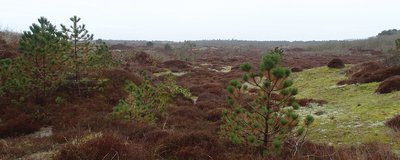
Reply to FoAM Kernow from Sam Gyimah MP, Minister of State for Universities, Science, Research and Innovation.
Machine Wilderness Residencies
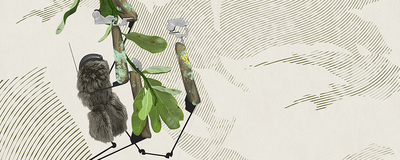
An open letter to Sarah Newton MP
AccessLab Penzance - notes from the event

Penelopean robotics theory and the woven cosmos (part 1)
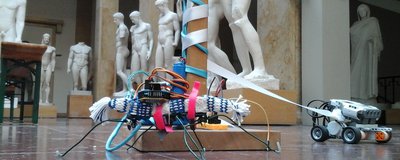
Stackable hexagon prototype boards
Viruscraft: tangible interface electronics
Building Viruscraft planets
Memoirs from James Duffy's Sonic Kayak Secondment
Cloud Pergola
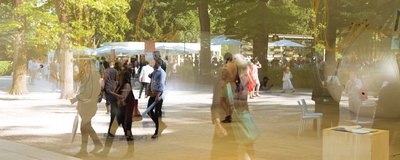
An Ephemeral Garden
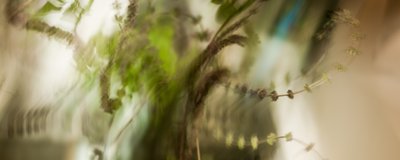
FoAM digest - Spring 02018

Viruscraft: Notes from workshop 2
AccessLab 2018: The launch of a new workshop series
Dust and shadow. Fieldnotes #2
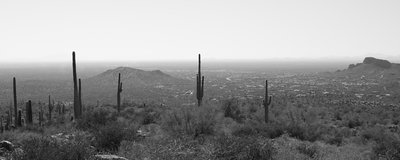
FoAM 02017, in a rearview mirror
